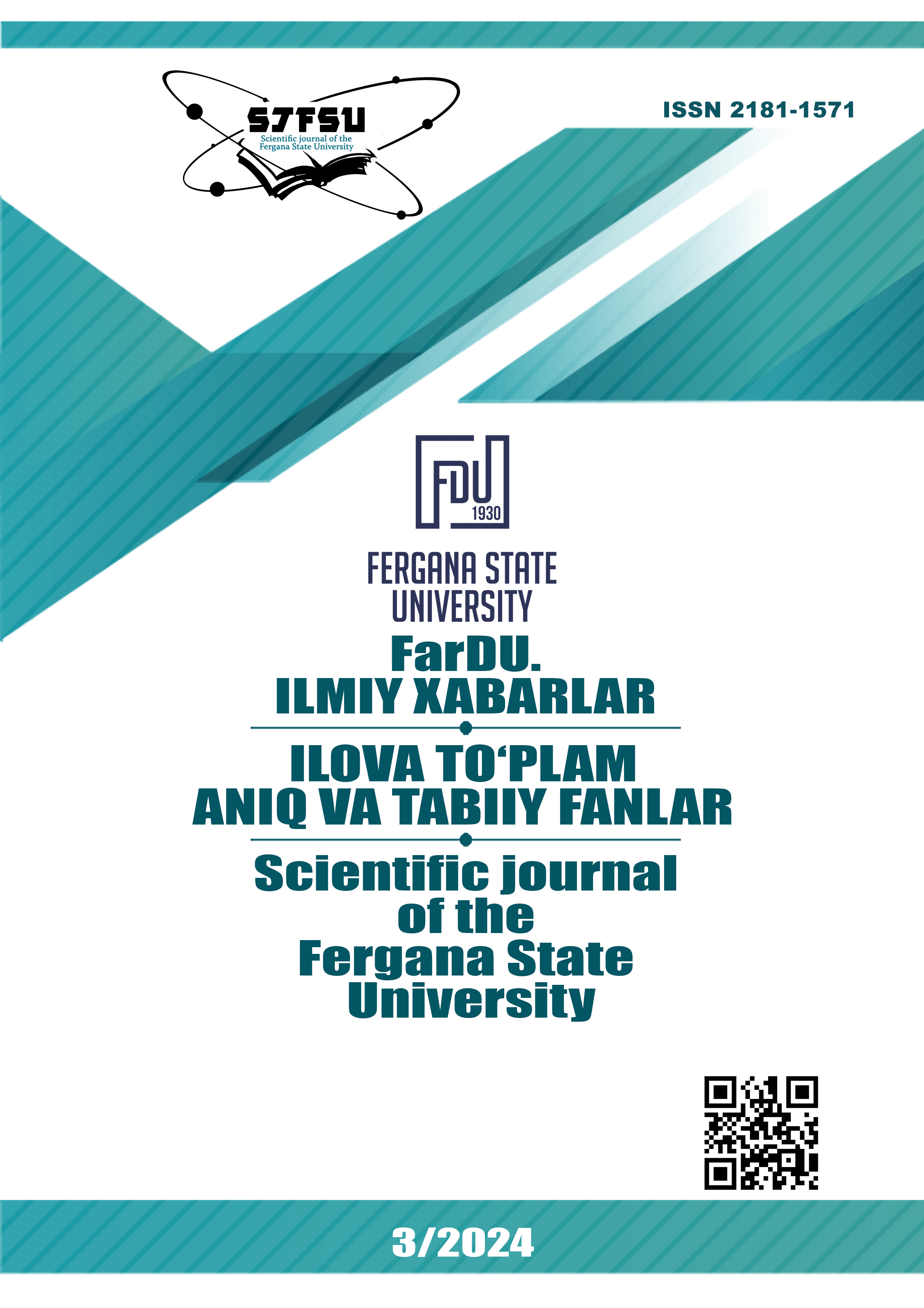FLAVONOIDS AND THEIR ANTIDIABETIC EFFECTS: CELLULAR MECHANISMS
Main Article Content
Abstract
Diabetes mellitus (DM) is a prevailing global health metabolic disorder, with an alarming incidence rate and a huge burden on health care providers. DM is characterized by the elevation of blood glucose due either to a defect in insulin synthesis, secretion, binding to receptor, or an increase of insulin resistance. The internal and external factors such as obesity, urbanizations, and genetic mutations could increase the risk of developing DM. Flavonoids are phenolic compounds existing as secondary metabolites in fruits and vegetables as well as fungi. Their structure consists of 15 carbon skeletons and two aromatic rings (A and B) connected by three carbon chains. Flavonoids are furtherly classified into 6 subclasses: flavonols, flavones, flavanones, isoflavones, flavanols, and anthocyanidins. Naturally occurring flavonoids possess anti-diabetic effects. As in vitro and animal model’s studies demonstrate, they have the ability to prevent diabetes and its complications. The aim of this review is to summarize the current knowledge addressing the antidiabetic effects of dietary flavonoids and their underlying molecular mechanisms on selected pathways: Glucose transporter, hepatic enzymes, tyrosine kinase inhibitor, AMPK, PPAR, and NF-κB. Flavonoids improve the pathogenesis of diabetes and its complications through the regulation of glucose metabolism, hepatic enzymes activities, and a lipid profile. Most studies illustrate a positive role of specific dietary flavonoids on diabetes, but the mechanisms of action and the side effects need more clarification. Overall, more research is needed to provide a better understanding of the mechanisms of diabetes treatment using flavonoids.
Article Details

This work is licensed under a Creative Commons Attribution-NonCommercial-NoDerivatives 4.0 International License.
References
Граф Б.А., Милбери П.Е., Блумберг Дж.Б. Флавонолы, флавоны, флаваноны и здоровье человека: Эпидемиологические данные. Дж. Мед. Еда. 2005 г.; 8 : 281–290. дои: 10.1089/jmf.2005.8.281.
Дель Рио Д., Калани Л., Скаццина Ф., Джечиу Л., Кордеро К., Бригенти Ф. Биодоступность катехинов из готового к употреблению чая. Питание. 2010 г.; 26 :528–533. doi: 10.1016/j.nut.2009.06.013.
Джадхав Р., Пуччакаяла Г. Гипогликемическая и противодиабетическая активность флавоноидов: босвеллиевой кислоты, эллаговой кислоты, кверцетина, рутина на крысах с диабетом 2 типа, индуцированным стрептозотоцин-никотинамидом. Межд. Дж. Фарм. Фарм. наук. 2012 г.; 4 : 251–256.
МакКриммон Р.Дж., Шервин Р.С. Гипогликемия при диабете 1 типа. Диабет. 2010 г.; 59 : 2333–2339. дои: 10.2337/db10-0103
Нитур НТ, Ансари А.А., Найк С.Р. Антигипергликемическая активность рутина у крыс с диабетом, вызванным стрептозотоцином: эффект, опосредованный цитокинами, антиоксидантами и липидными биомаркерами. Индийский J. Exp. Биол. 2014 г.; 52 :720–727.
Онг К.С., Ху Х.Э. Влияние мирицетина на гликемию и метаболизм гликогена у диабетических крыс. Наука о жизни. 2000 г.; 67 : 1695–1705. doi: 10.1016/S0024-3205(00)00758-X.
Панче А.Н., Диван А.Д., Чандра С.Р. Флавоноиды: обзор. Дж. Нутр. наук. 2016 год; 5 :с47. дои: 10.1017/jns.2016.41.
Парик Х., Шарма С., Хаджа Б.С., Джайн К., Джайн Г.С. Оценка гипогликемического и антигипергликемического потенциала Tridax procumbens (Linn.) BMC Complement. Альтернативный. Мед. 2009 г.; 9:48 . дои: 10.1186/1472-6882-9-48.
Скалберт А., Уильямсон Г. Диетическое потребление и биодоступность полифенолов. Дж. Нутр. 2000 г.; 130 :2073–2085С. дои: 10.1093/jn/130.8.2073S.
Собирова,,Г. Х. (2023). ФЕНОЛЬНЫЕ АНТИОКСИДАНТЫ В ЛЕКАРСТВЕННЫХ ТРАВАХ. Oriental renaissance: Innovative, educational, natural and social sciences, 3 (11), 463-466.
Собирова,, Г. Х. (2023). ТИПЫ БИОЛОГИЧЕСКИ АКТИВНЫХ ДОБАВОК И ИХ РОЛЬ В СОВРЕМЕННОМ МИРЕ. Oriental renaissance: Innovative, educational, natural and social sciences, 3 (11), 467-469.
Собирова, Гулрух Хасан Кизи, & Рахимова, Дилфуза Хасанбаевна (2024). ФЛАВОНОИДЫ И ИХ АНТИДИАБЕТИЧЕСКИЕ ЭФФЕКТЫ. Oriental renaissance: Innovative, educational, natural and social.
Филипп Дж., Ракка Д. Лечение диабета 2 типа: насколько безопасны современные терапевтические средства? Межд. Дж. Клин. Практика. 2009 г.; 63 :321–332. doi: 10.1111/j.1742-1241.2008.01980.x.

